Know About Snows Of Kilimanjaro
Mount Kilimanjaro stands tall at 19,341 feet above sea level, making it a striking spectacle with its snow-capped summit. The Snows of Kilimanjaro is a direct consequence of the mountain's towering altitude.
As one ascends, the temperature at the summit becomes roughly 38 degrees C cooler than the same latitude at sea level. To simplify, for every 1000 feet of elevation, there's an approximate 2 degrees °C drop in temperature. So, while the foothills bask in warmth, the peak stands freezing.
Taking on a Mount Kilimanjaro Climbing journey allows travellers to witness this incredible contrast between a tropical base and an icy summit. Continue reading to explore the captivating story and significance of Kilimanjaro's snows.
The Snow-Capped Summit of Kilimanjaro
Kilimanjaro features three volcanic cones - Kibo, Mawenzi, and Shira. Of these, Kibo is the highest at 5895 meters and is snow-covered throughout the year.
Historically, many climbers, missionaries, and explorers in the mid-19th century faced immense difficulties reaching the summit due to the dense Snows of Kilimanjaro and imposing glaciers.
Notably, Dr. Hans Meyer, a German geographer, was the first to conquer the peak in 1889. Due to climatic shifts, research indicates that Kilimanjaro Snows have reduced around 80% from their original volume.
Today, climbing enthusiasts can opt for treks ranging from 5 to 9 days to reach the peak, though only three-quarters of them (75%) successfully touch the summit.
Africa Scenic's Recommendations
- The challenging Snows of Kilimanjaro, combined with high altitudes, can be particularly tough for novices unaccustomed to such conditions.
- For them, Mount Meru, often deemed Kilimanjaro's smaller sibling, serves as an excellent training ground. Standing at 4566 meters, Mount Meru offers invaluable acclimatization experiences for those new to lofty heights.
- Interested in a unique mountain experience? Check out our Twin Peak Kilimanjaro Climbing Packages to climb both Tanzanian highlights: Meru and Kilimanjaro.
How Snows Form on Kilimanjaro
The presence of snow on a mountain near the equator might seem like a mystery, but the formation of Snow on Mount Kilimanjaro is a straightforward scientific phenomenon. Here's a breakdown:
Elevation and Temperature Relationship
A fundamental principle of geography is that the temperature drops as you ascend in elevation. Specifically, for every 1,000 meters climbed, there's a decrease of 6.5 degrees Celsius. This temperature gradient is why some cities near the equator have cooler climates than expected.
Tropical Precipitation Meets Mountain Cold
When tropical rainfall encounters cold temperatures at high altitudes, it transforms into snow. In the tropics, rain is abundant. Combine this with the cold at high altitudes, and you get the Snows of Kilimanjaro.
Doing the Math for Kilimanjaro
- Starting with an average equatorial daytime temperature: 30°C
- Considering Kilimanjaro's height: 5895 meters
- Calculated temperature drop: (5895 x 6.5 / 1000) = 38.3°C
- Resulting temperature at Kilimanjaro's peak: 30°C - 38.3°C = -8.3°C
With temperatures reaching lows of -8.3°C at the summit, it's no surprise that the Snows of Kilimanjaro form and remain year-round. The above explanation justifies a unique comparison of tropical warmth at the base and icy cold at the peak.
Curious to witness this natural wonder in person? Discover the magic with our specially curated Kilimanjaro Climbing Tours and make memories amidst the snow and sunshine!
The Most Optimal Time to Witness Snow of Kilimanjaro
While Kilimanjaro can be climbed year-round, those specifically looking to experience its snow-capped beauty should consider visiting between January and March.
- The mountain witnesses snowfall at higher altitudes, over 14,000 ft, during these months; hence, they are considered the Best Time to Climb Kilimanjaro to see snow.
- This is the high season in Kilimanjaro. Still, the crowds are low on trails. The low crowds and decent weather make it an ideal time to visit Kilimanjaro. Snow is just a bonus!
- It allows trekkers to see the peak in full snowy splendour and provides a scenic photography backdrop.
Moreover, the chances of encountering Kilimanjaro Snows are rare in the other months of June, July, August, and September, although they are the main climbing seasons.
Hence, to see the magnificent vistas of snow-cladded mountains, plan your Mount Kilimanjaro Climbing Tours from January to March and enjoy some epic sights.
Ecological Significance of the Snow on Kilimanjaro
Beyond its visual appeal, Kilimanjaro Snows plays an essential role in the ecosystem.
- The glaciers and snowfields feed numerous rivers and streams, supporting both wildlife and local communities.
- The snow cover plays a role in regulating the regional climate, affecting weather patterns and precipitation distribution.
- The snow-induced microclimates harbour distinct ecosystems with rare species exclusive to these high-altitude zones.
Thus, the Kilimanjaro Snows are more than a tourist attraction; they're a lifeline for the region's ecology.
Climb Kilimanjaro With Us
Get ready for a mountain adventure with real advice, smiling guides, and simple help that actually works. We’re with you from start to summit.
The Snow of Kilimanjaro is no longer- Is it true?
Mount Kilimanjaro, Africa's iconic peak, has dramatically changed over the decades. Since the early 20th century, Kilimanjaro has lost about 80% of its glacier cover. Predictions suggest that by 2040, these majestic snows could vanish entirely.
The disappearing Kilimanjaro Snows have caught global attention, and debates continue about the exact cause. Many researchers attribute this accelerated glacial retreat to global warming.
Even organizations like Greenpeace and influential figures like Al Gore have used Kilimanjaro as a focal point to raise awareness about climate change through their art.
Noteworthy Mention on Hemingway's Connection to Kilimanjaro
- One cannot talk about the Snows of Kilimanjaro without mentioning the famous American writer Ernest Hemingway. His well-known short story, "The Snows of Kilimanjaro," written in 1936, paints a vivid picture of Kilimanjaro's snowy peaks and also explores human feelings.
- Hemingway masterfully combines Mount Kilimanjaro's stunning beauty with deep thoughts, showing how nature can connect with our emotions. The story showcases the mountain's charm and its lasting impression on those who see its snowy beauty.
- As you learn about the present state of Kilimanjaro's snow and the work being done to save it, it's essential to remember the mountain's importance in classic stories like Hemingway's.
Conservation Efforts to Protect Kilimanjaro Snows
In response to the alarming rate of snow melt on Mount Kilimanjaro, Tanzania has initiated a comprehensive conservation strategy.
- The country aims to plant five million trees by 2030. By doing this, the government is striving to preserve the mountain's renowned snow caps, which, per UN predictions, are at risk of vanishing due to climate change.
- The Kilimanjaro National Park (KINAPA), established in 1973, plays a crucial role in these efforts, emphasizing both ecological protection and sustainable tourism.
- Through Tanzania National Parks (TANAPA), various conservation activities are rolled out, including cleaning drives on climbing routes and community-driven discussions on climate change.
With tourism on Kilimanjaro directly supporting local economies, conservation efforts ensure both the environment and local communities thrive.
Support our mission to protect Kilimanjaro's iconic snows. Discover our Kilimanjaro Climbing Packages and contribute to a lasting legacy.
Preserving the White Crown of Africa
The Snows of Kilimanjaro, with their captivating beauty, have drawn trekkers and admirers worldwide.
Setting out on a Mount Kilimanjaro Climbing adventure offers a chance to witness this snowy marvel up close, a tale worthy of being shared for generations.
As the mountain's snow and glaciers face challenges, it's essential to cherish and preserve this magnificent spectacle for future generations.
Join African Scenic Safaris and be part of the legend. Traverse the breathtaking landscapes and make your own Kilimanjaro story today!
Explore Kilimanjaro Travel Guide
Find essential topics below to help you plan, prepare, and enjoy your Kilimanjaro travel experience fully.
Frequently Asked Questions
The ideal time to experience Kilimanjaro's snow-capped beauty is between January and March when snowfall is most frequent at higher altitudes.
The primary cause of snow and glacier reduction in Kilimanjaro is global warming, decreased precipitation and deforestation in the region.
Though near the equator, Kilimanjaro's towering altitude means temperatures drop significantly as one ascends. This, combined with frequent rainfall, results in snow formation at the peak.
Tanzania is planting five million trees by 2030, and conservation activities are implemented through Tanzania National Parks (TANAPA), emphasizing ecological protection and sustainable tourism.
Yes, snowfall on Kilimanjaro is most common between January and March, offering a splendid snowy backdrop.
Climate change has led to accelerated glacial retreat, with predictions suggesting Kilimanjaro could lose its entire snow cap by 2040 due to global warming and reduced precipitation.
Simbo Natai, founder of African Scenic Safaris, crafts sustainable, meaningful Tanzanian journeys rooted in his deep local knowledge and passion.
Director





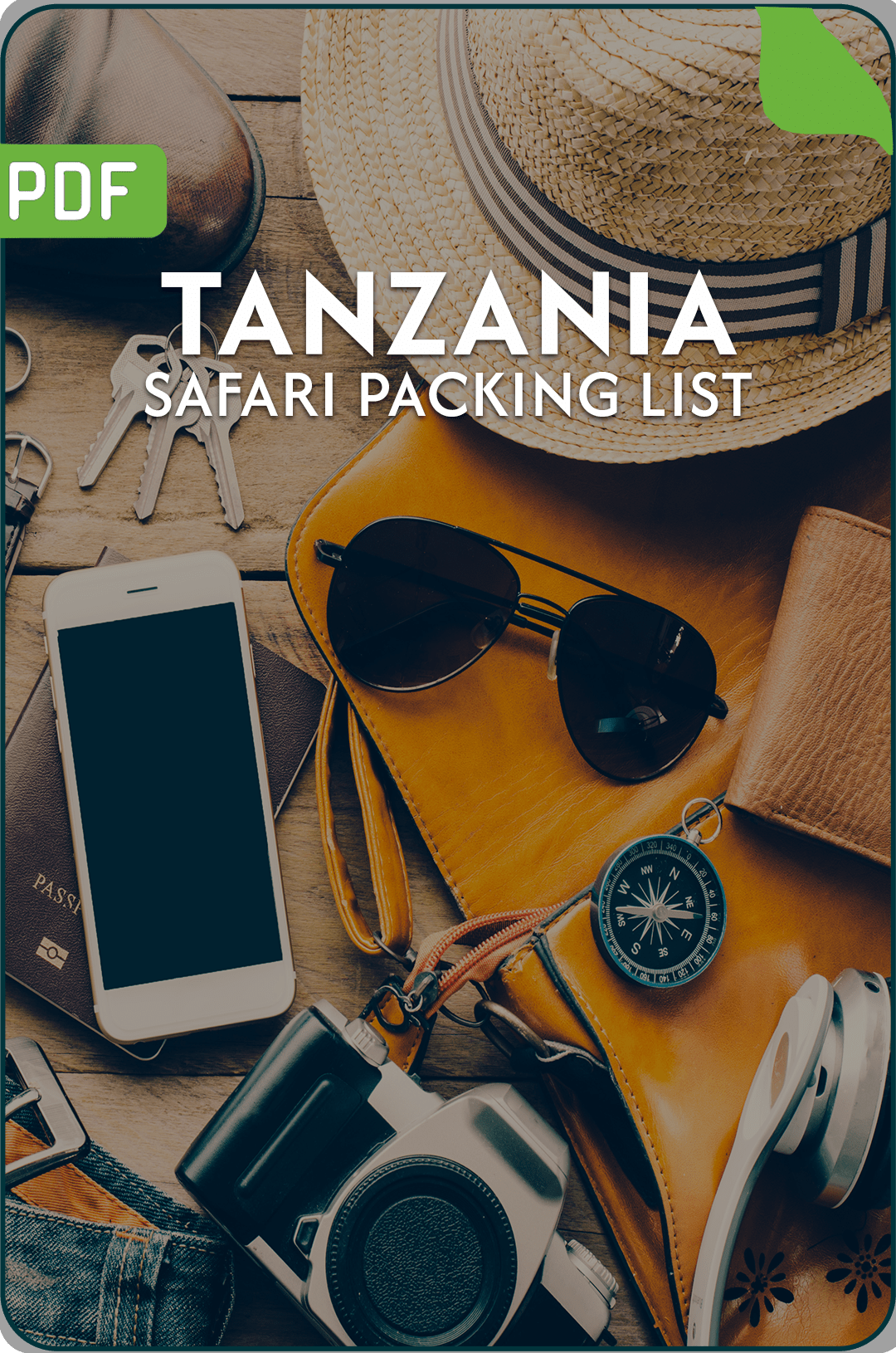
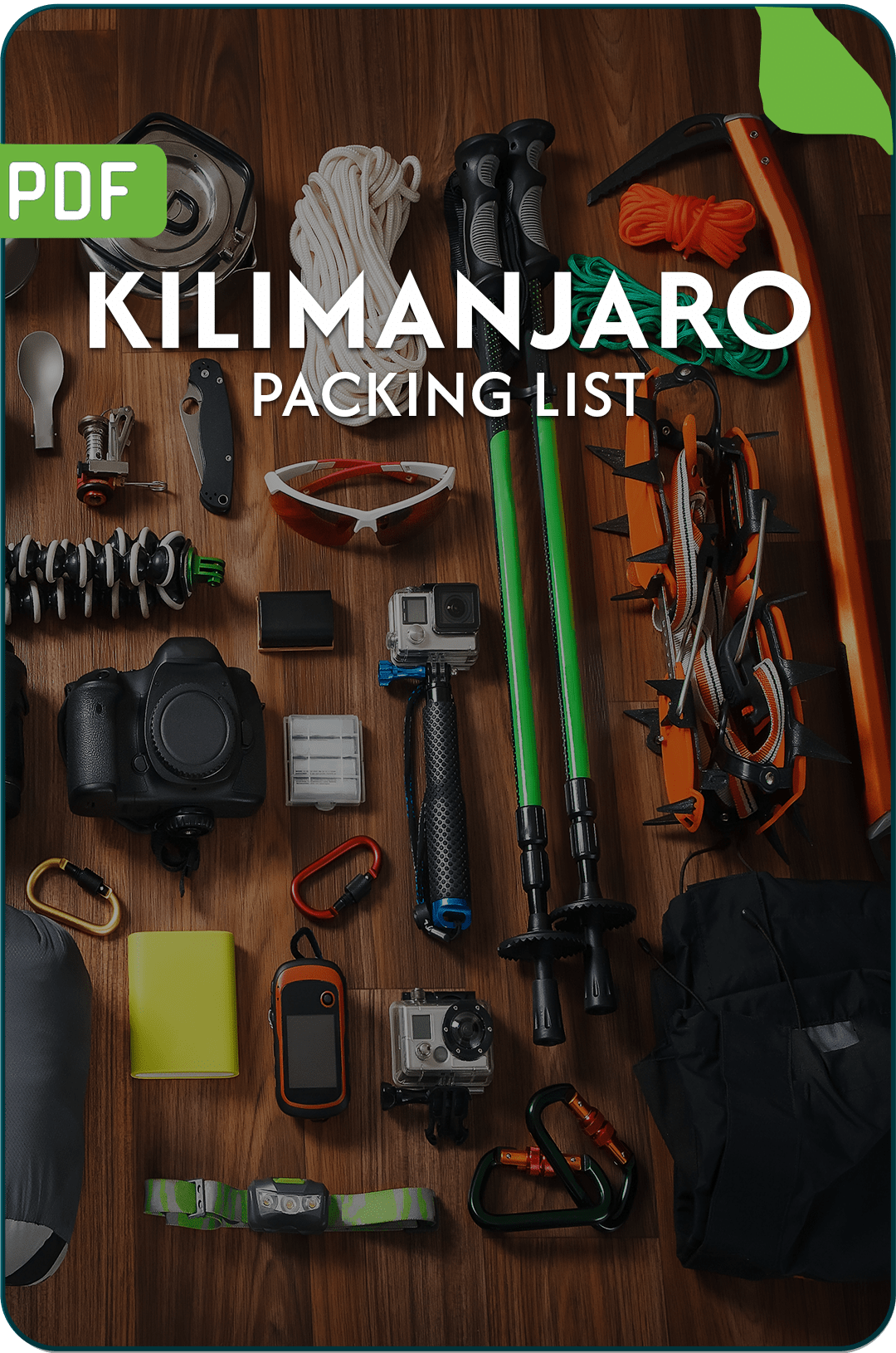
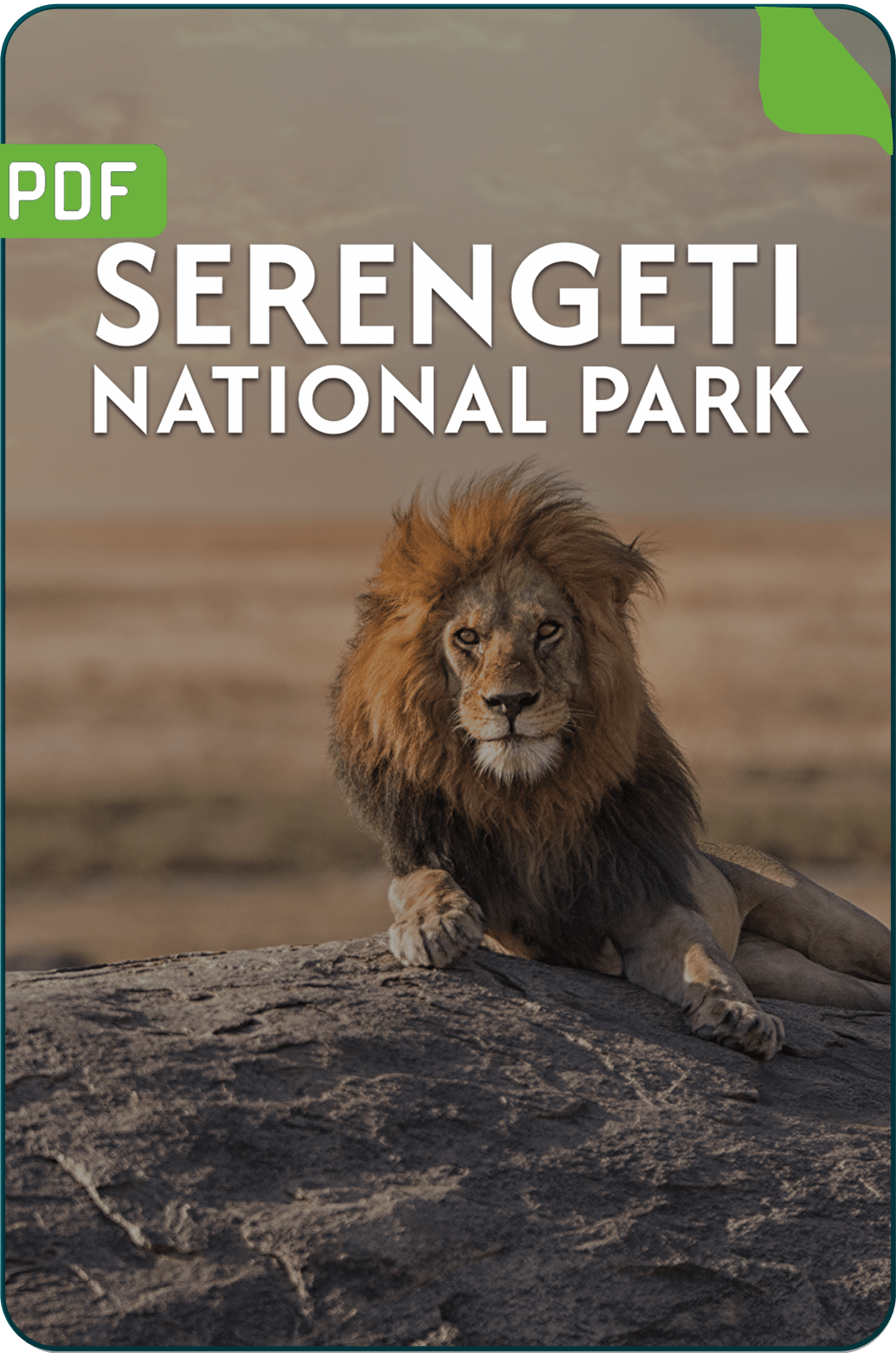
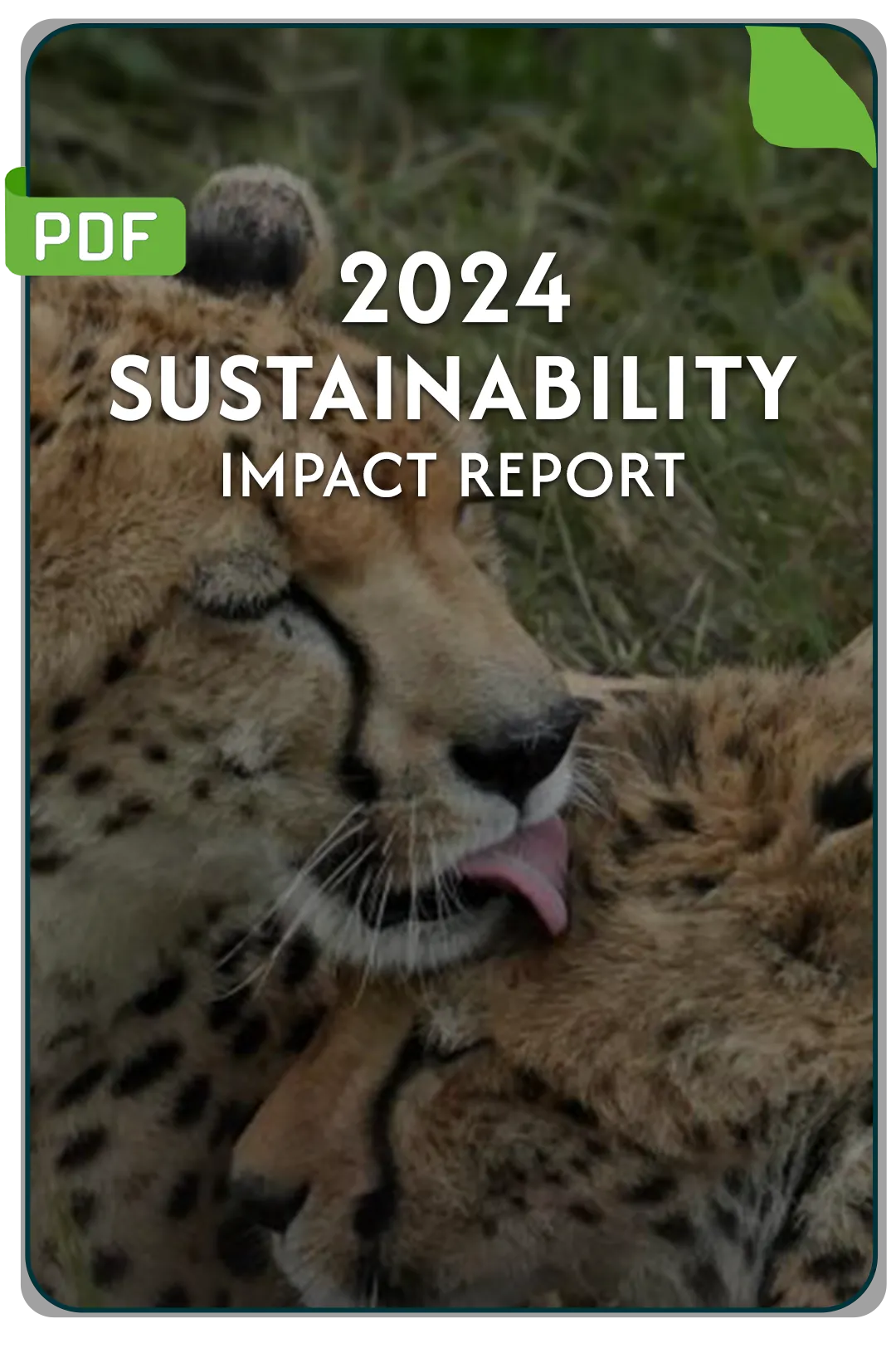
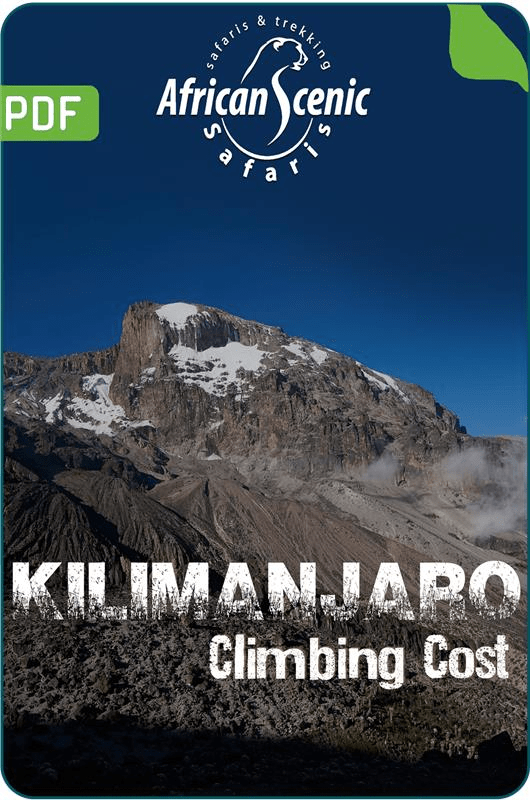











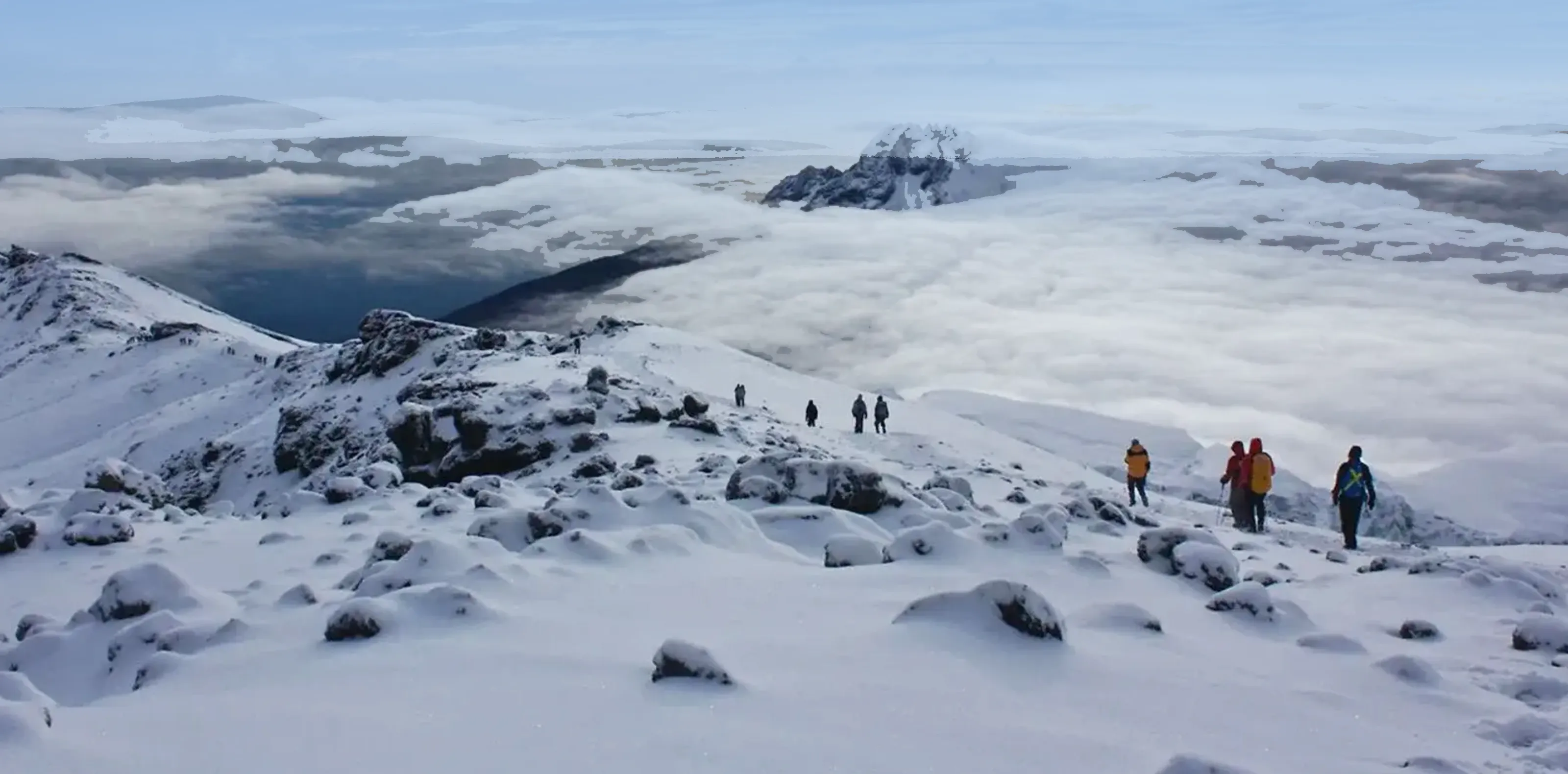
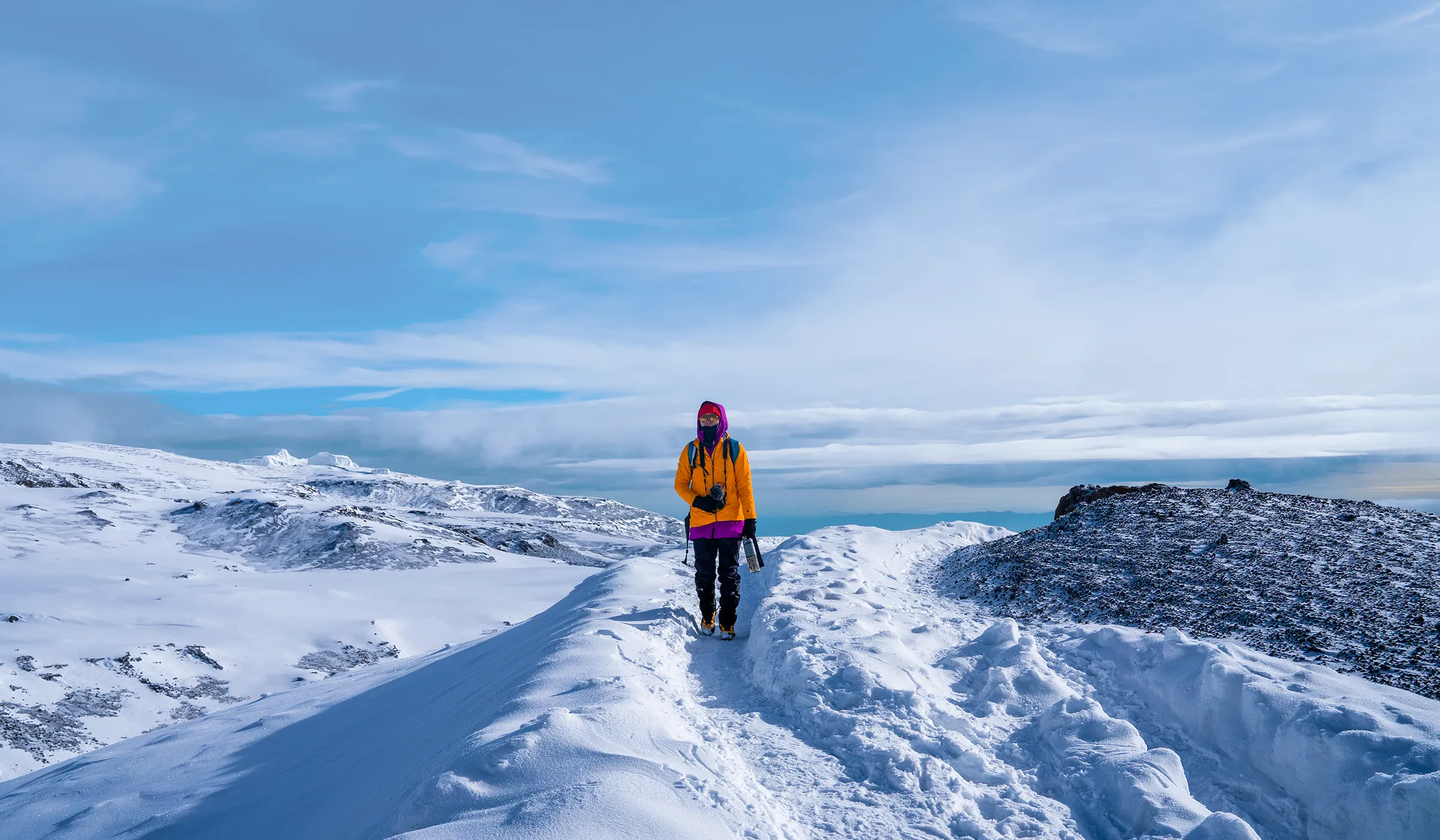
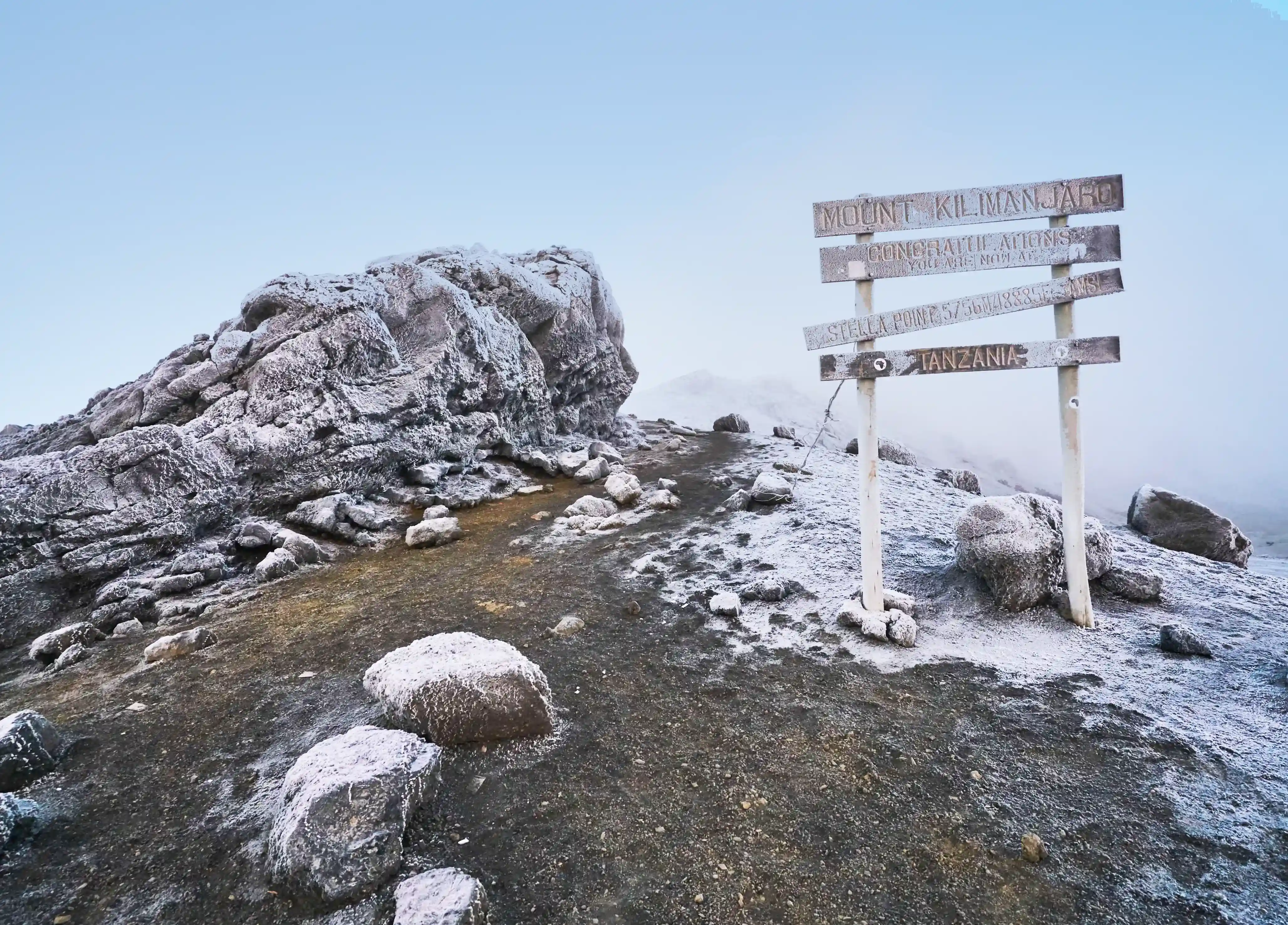
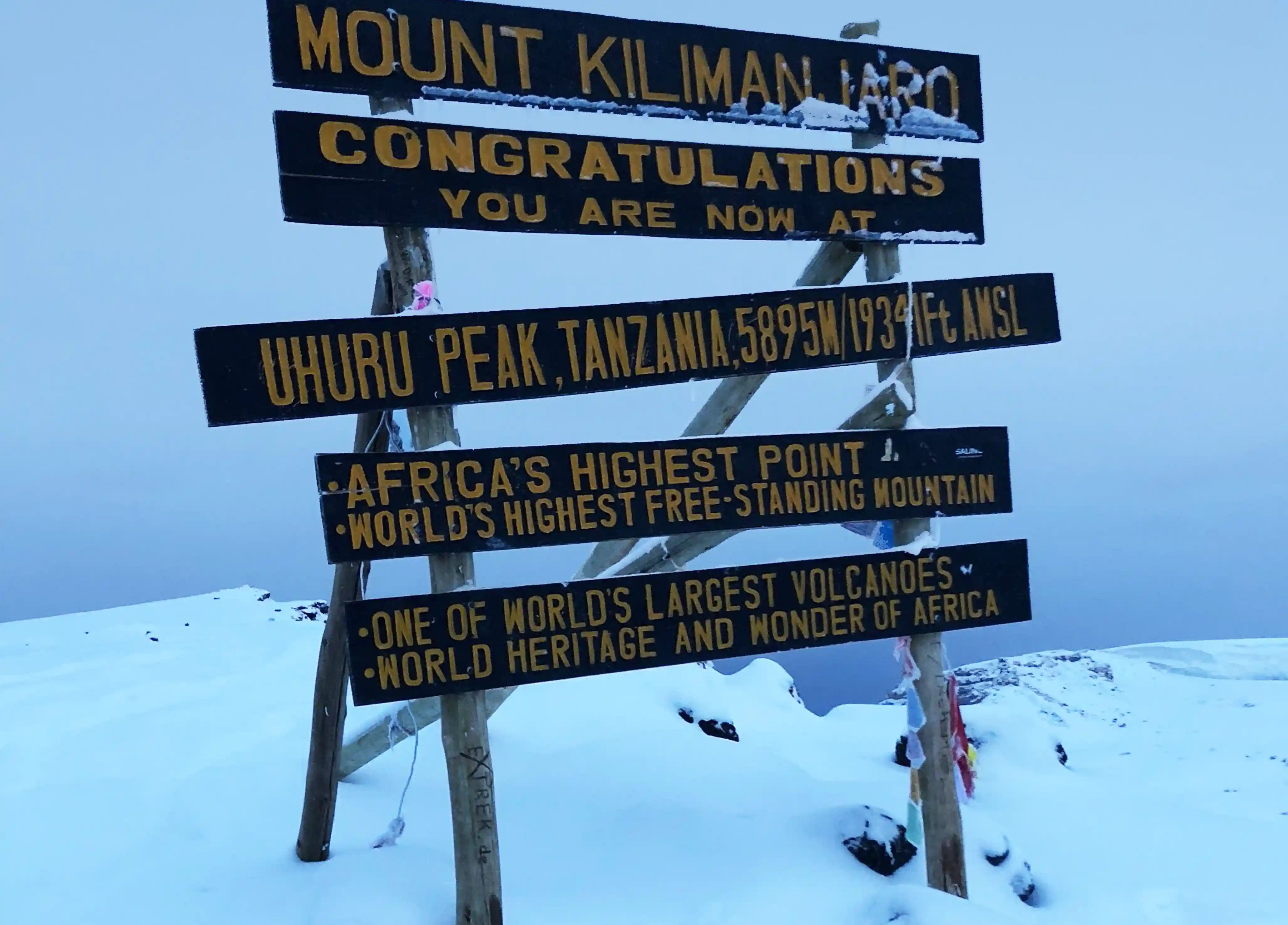







 African Scenic Safaris #1 on TripAdvisor
African Scenic Safaris #1 on TripAdvisor 




